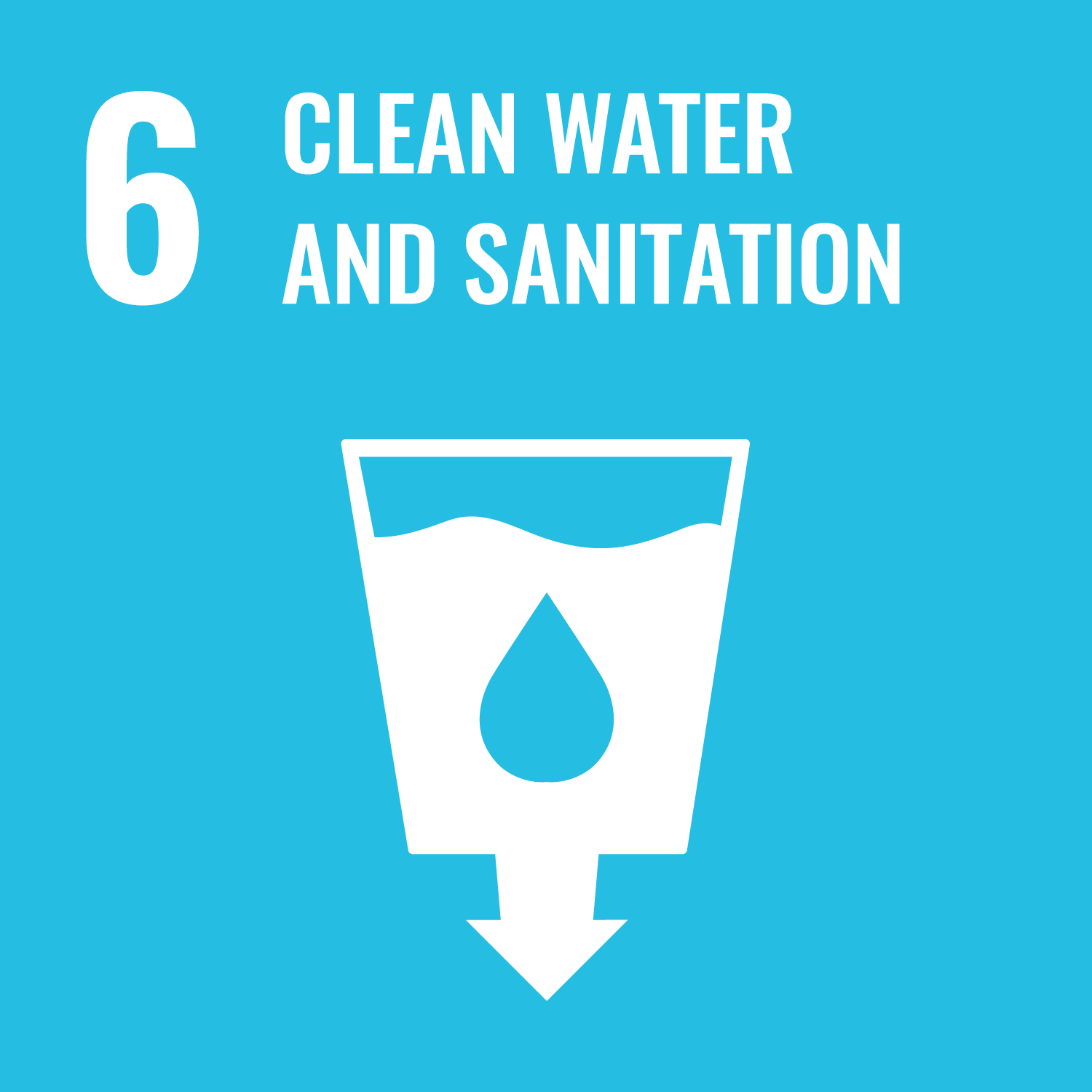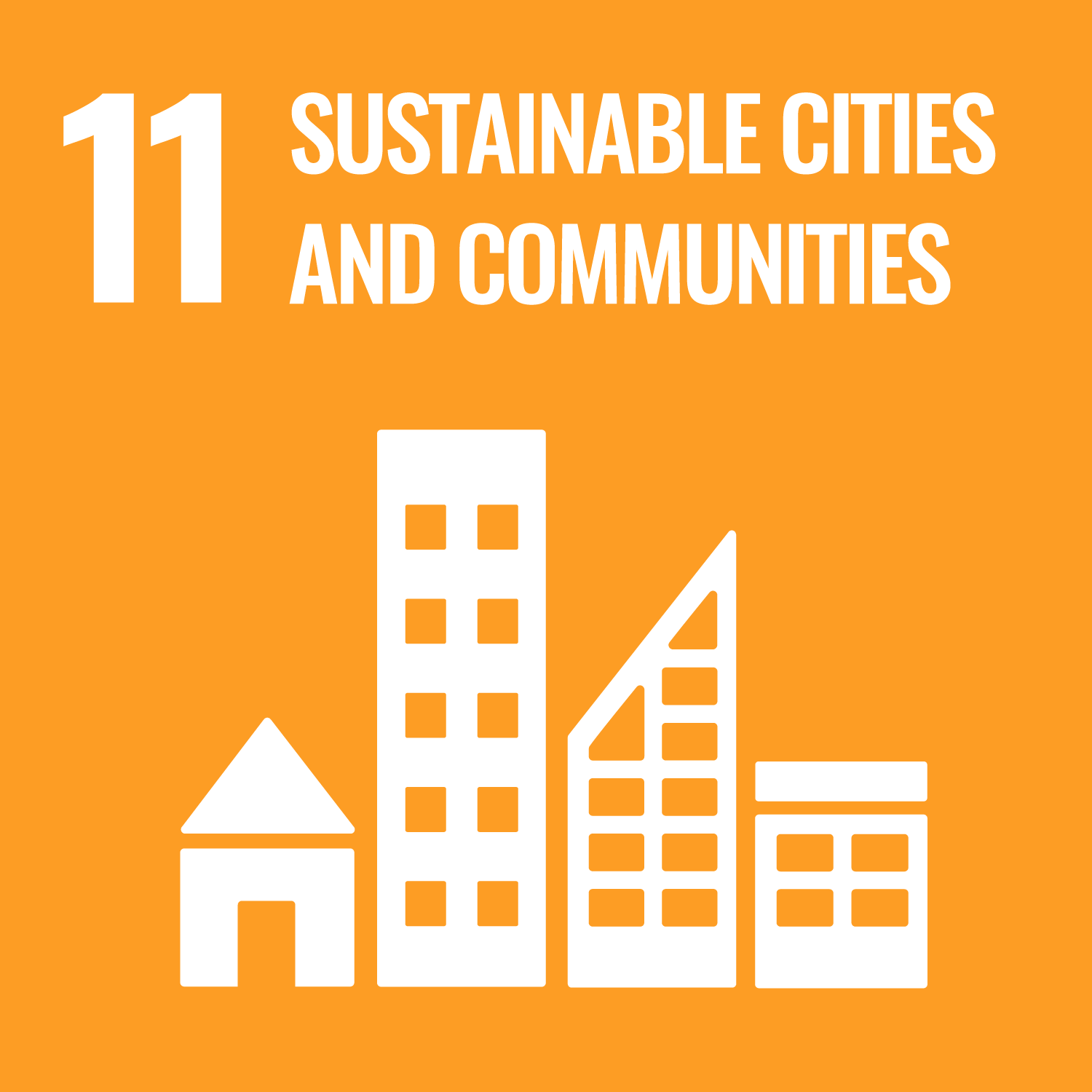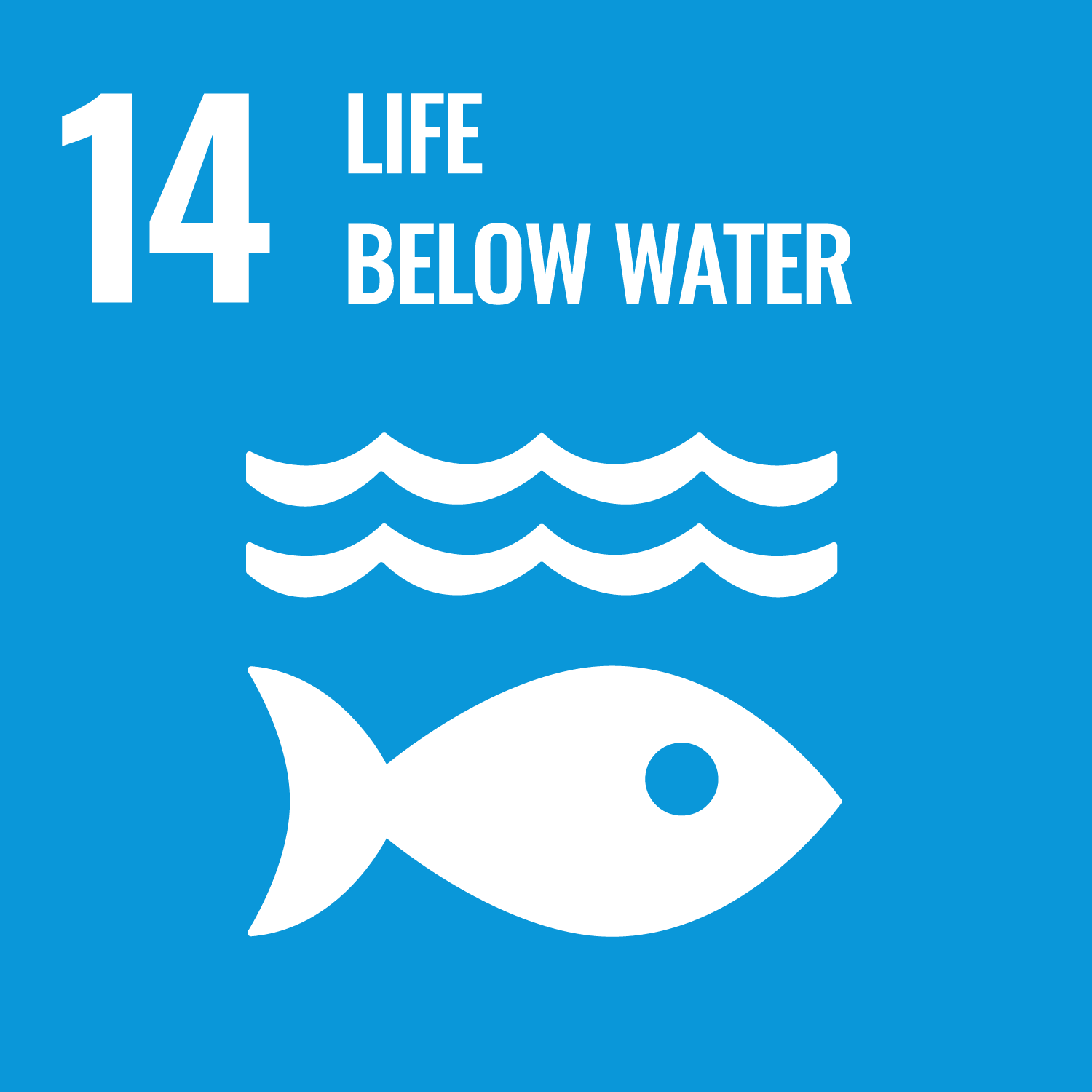In this lecture, we learn about the following contents described in the class schedule that are important for river management.
1. Students understand the basic concept of river engineering.
2. Students understand the physical, geomorphological, biological, and ecological characteristics of rivers.
3. Students understand well-known design patterns of planning and structures in river management.
4. Students understand current flood conditions due mainly to global climate change and their adaptation and countermeasures.
2. Students understand the physical, geomorphological, biological, and ecological characteristics of rivers.
3. Students understand well-known design patterns of planning and structures in river management.
4. Students understand current flood conditions due mainly to global climate change and their adaptation and countermeasures.
- To understand the basic concept of river engineering.
- To understand the physical, geomorphological, biological, and ecological characteristics of rivers.
- To understand well-known design patterns of planning and structures in river management.
- To understand current flood conditions due mainly to global climate change and their adaptation and countermeasures.
| Class schedule | HW assignments (Including preparation and review of the class.) | Amount of Time Required | |
|---|---|---|---|
| 1. | Introduction: River and River Engineering | Read the syllabus for understanding the lecture contents (Lecture Guidance) (preparation). | 10minutes |
| Read this week’s topics in the text book/handout (preparation). | 180minutes | ||
| 2. | River Topography | Read this week’s topics in the text book/handout (preparation). | 180minutes |
| 3. | River Hydrology | Read this week’s topics in the text book/handout (preparation). | 180minutes |
| 4. | River Hydraulics | Read this week’s topics in the text book/handout (preparation). | 180minutes |
| 5. | River Ecology | Read this week’s topics in the text book/handout (preparation). | 180minutes |
| 6. | River Planning | Read this week’s topics in the text book/handout (preparation). | 180minutes |
| 7. | Final Examination and Its Explanation | Review the course’s contents (review). | 480minutes |
| Total. | - | - | 1570minutes |
| Final Examination | Small Practices | Total. | |
|---|---|---|---|
| 1. | 20% | 5% | 25% |
| 2. | 20% | 5% | 25% |
| 3. | 20% | 5% | 25% |
| 4. | 20% | 5% | 25% |
| Total. | 80% | 20% | - |
Evaluation Method: Total score is 100%, consisting of Final Examination(80%) and Small Practices(20%).
Criteria: S (90% and above for excellent students), A (80-89%), B (70-79%), C (60-69%), and D (59% and below to fail). Proviso: The students with a low percentage of attendance (80% and below) are excluded for evaluation.
Criteria: S (90% and above for excellent students), A (80-89%), B (70-79%), C (60-69%), and D (59% and below to fail). Proviso: The students with a low percentage of attendance (80% and below) are excluded for evaluation.
Knowledge expectation for the students is basic fluid mechanics and basic hydraulics in steady flows, which are given in the
following lectures in SIT; Introduction to Hydraulics (Grade 2, First Semester), Hydraulics I (Grade 2, Second Semester),
and Hydraulics II (Grade 3, First Semester).
- Office Hours: Lecture days, lunch breaks, at 09-G-32(office)
Contact Method: e-mail given at the guidance (first lecture) - The supplemental materials are uploaded on the lecture website.
- Course that cultivates an ability for utilizing knowledge
- Course that cultivates a basic problem-solving skills
| Work experience | Work experience and relevance to the course content if applicatable |
|---|---|
| N/A | 該当しない |





- 6.CLEAN WATER AND SANITATION
- 11.SUSTAINABLE CITIES AND COMMUNITIES
- 13.CLIMATE ACTION
- 14.LIFE BELOW WATER
- 15.LIFE ON LAND
Last modified : Sat Aug 29 04:10:45 JST 2020
